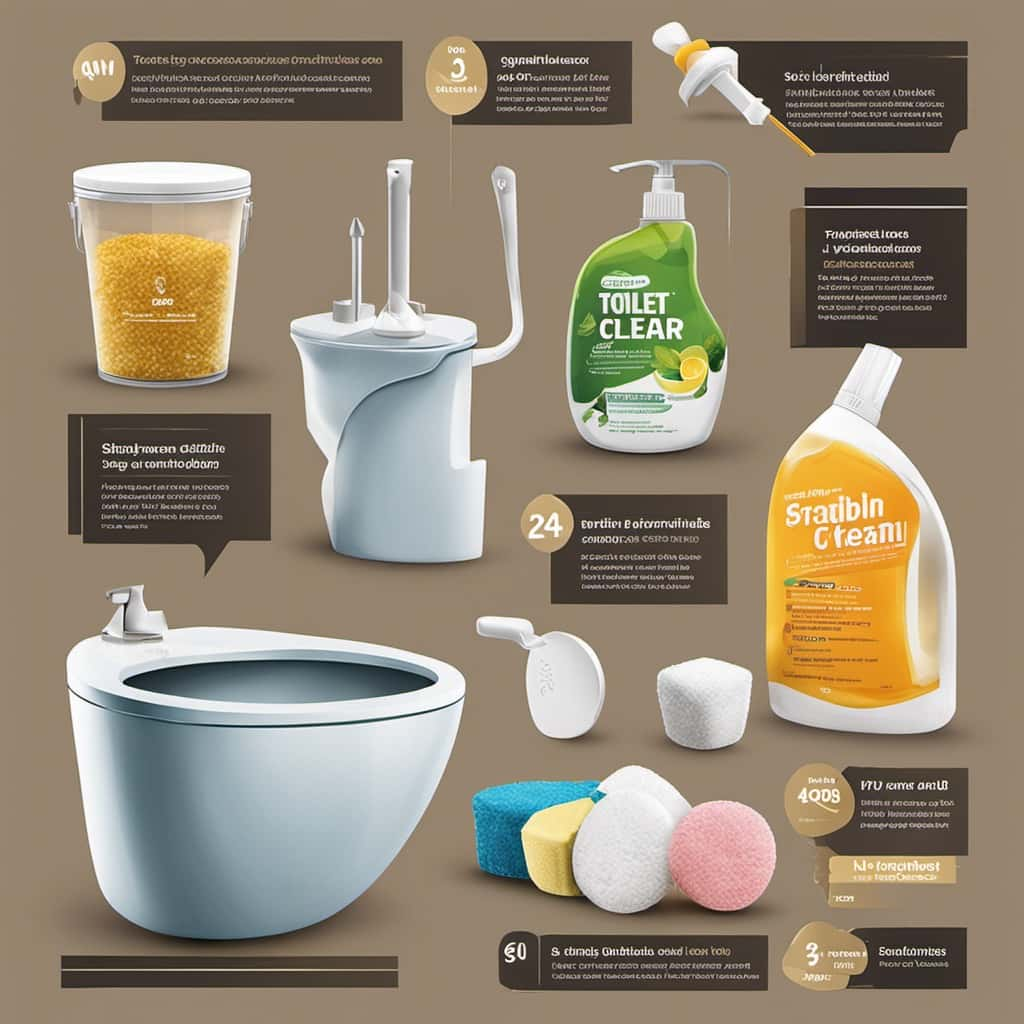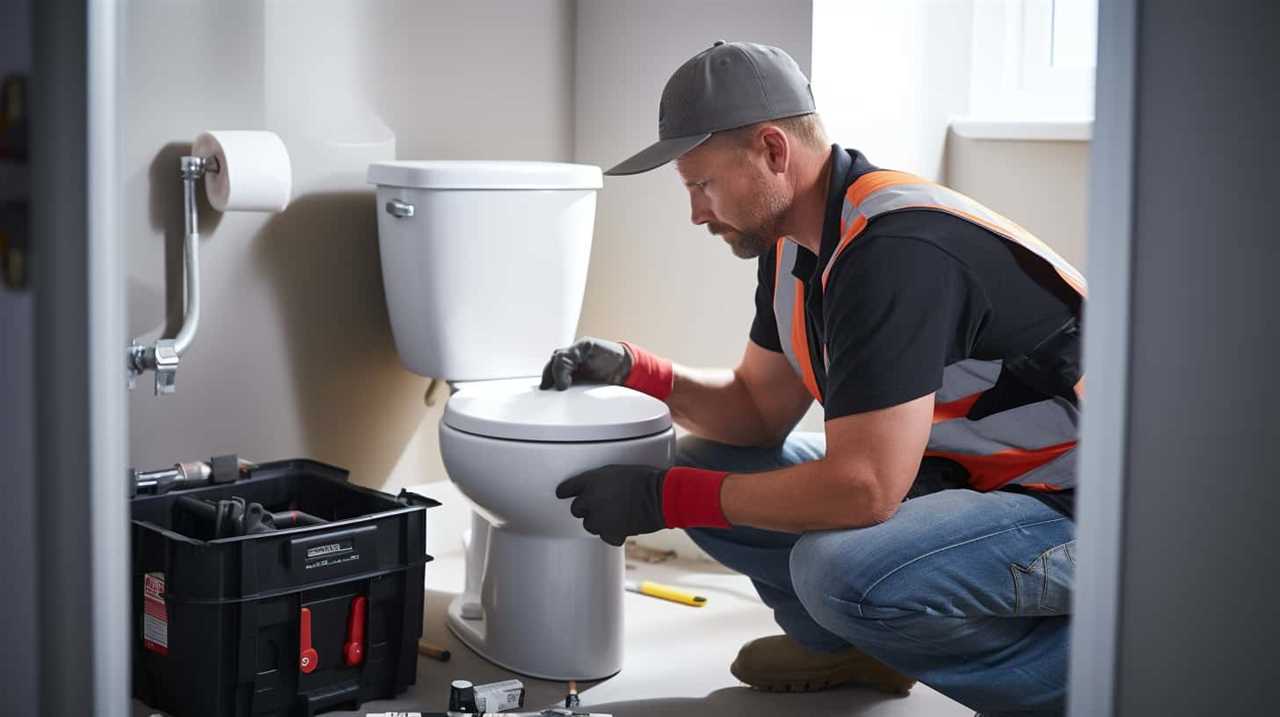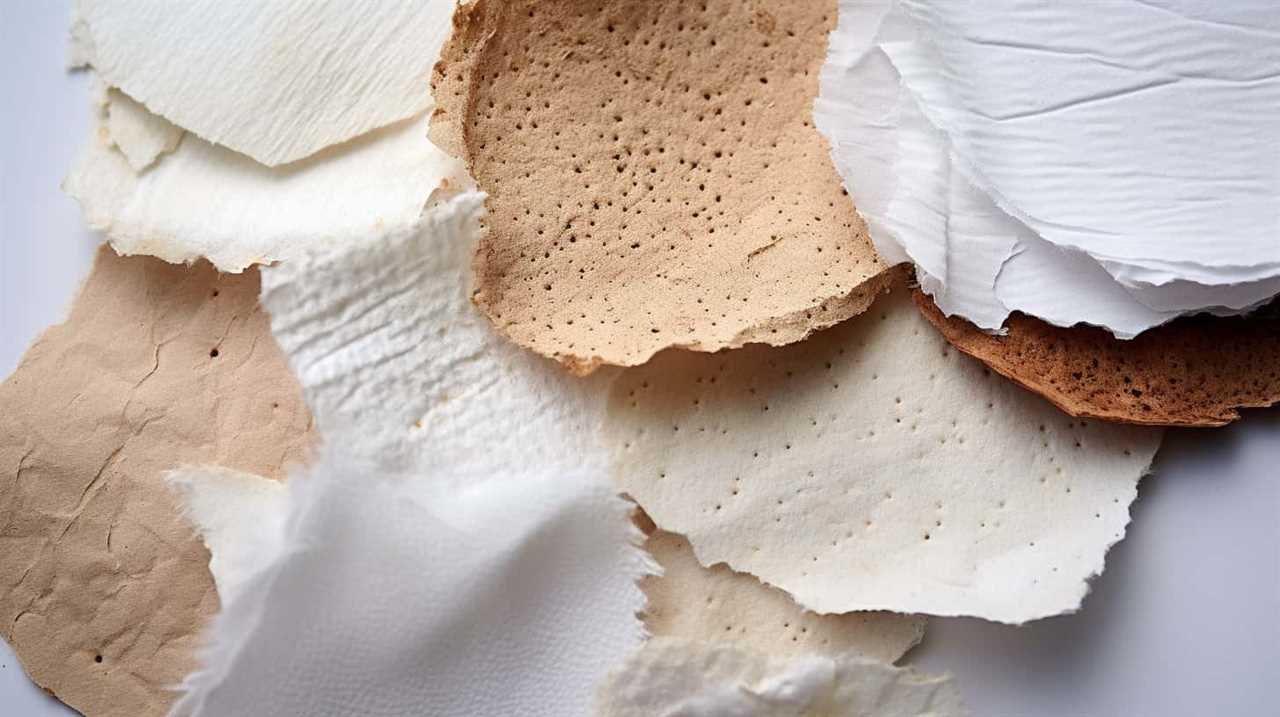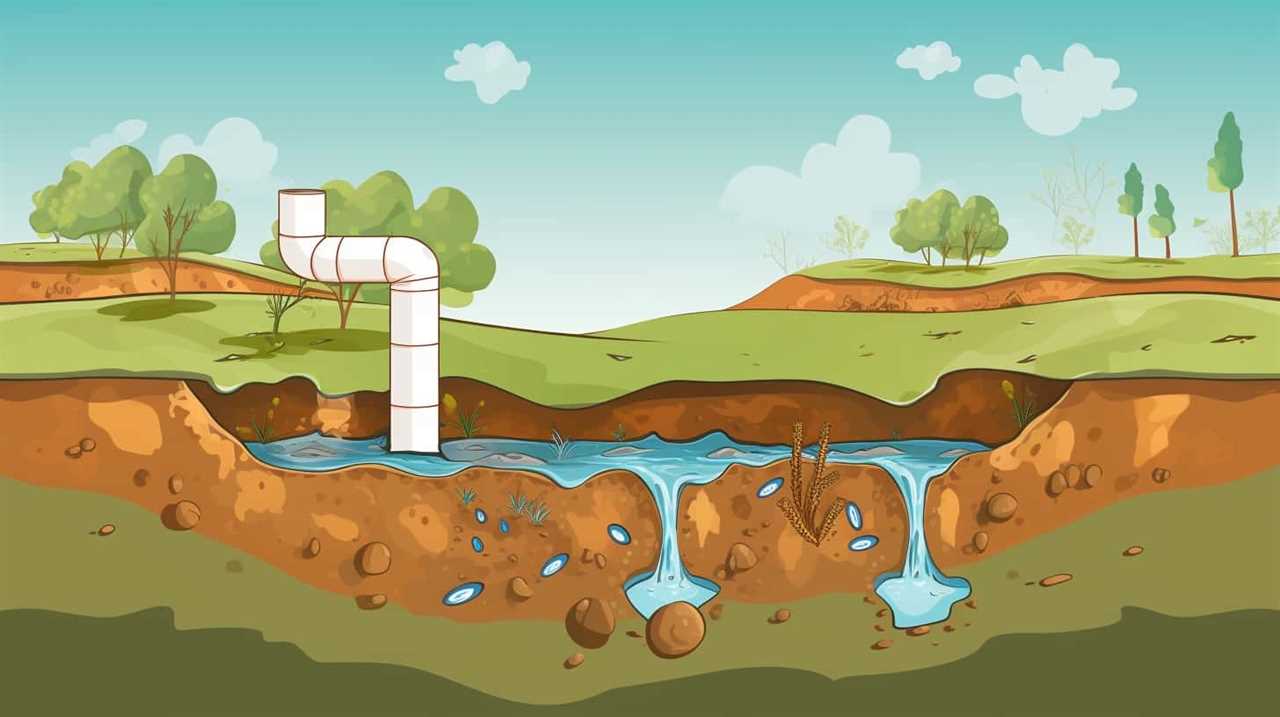Let’s discuss a crucial topic: the correct way to dispose of condoms.
Flushing condoms down the toilet may seem convenient, but is it really okay? In this article, we’ll explore the potential risks and environmental impact of this practice.
We’ll also discuss the effects on plumbing systems and provide responsible alternatives for condom disposal.
Join us as we delve into this topic, aiming to inform and empower you with the knowledge you need for responsible condom use.

Key Takeaways
- Flushing condoms can lead to clogs and costly repairs in sewage systems.
- Flushed condoms contribute to environmental pollution in water bodies and harm marine life.
- Condoms made of latex or polyurethane are not easily biodegradable and can cause plumbing issues.
- Responsible disposal methods, such as wrapping condoms in tissue and throwing them in the trash, are essential for preventing these risks.
Potential Risks of Flushing Condoms
Flushing condoms down the toilet poses several potential risks that we should be aware of.
One of the main risks is the possibility of clogging the sewage system. Condoms are made of materials that don’t easily break down in water, such as latex or polyurethane. As a result, when flushed down the toilet, they can cause blockages in pipes and sewage treatment plants. These blockages not only disrupt the flow of wastewater, but they can also lead to costly repairs and maintenance.
Moreover, the impact on sewage systems goes beyond clogging. Condoms can end up in rivers, lakes, and oceans, contributing to environmental pollution. It’s important to properly dispose of condoms in designated waste bins to avoid these risks and protect the integrity of sewage systems.
Environmental Impact of Flushing Condoms
When condoms are flushed down the toilet, they contribute to environmental pollution by ending up in rivers, lakes, and oceans. This has significant biodegradability concerns and can have a detrimental impact on aquatic ecosystems. The materials used in condoms, such as latex and polyurethane, are not readily biodegradable and can persist in the environment for a long time. As a result, these non-biodegradable condoms can accumulate in water bodies, posing a threat to marine life. To illustrate the gravity of this issue, consider the following table:

| Environmental Impact of Flushing Condoms | ||
|---|---|---|
| Condom Materials | Biodegradability | Impact on Aquatic Ecosystems |
| Latex | Not readily biodegradable | Can harm marine life |
| Polyurethane | Not readily biodegradable | Can harm marine life |
It is crucial to raise awareness about the negative consequences of flushing condoms and encourage responsible disposal methods to protect our environment.
Effects of Condoms on Plumbing Systems
As we continue our discussion on the environmental impact of flushing condoms, it’s important to consider the effects these contraceptives can have on plumbing systems.
When condoms are flushed down the toilet, they can cause various plumbing issues that may lead to clogging concerns. Condoms are made of materials like latex or polyurethane, which aren’t easily biodegradable. These materials have the potential to cause blockages in pipes, especially in older plumbing systems with narrower pipes.
Additionally, condoms can wrap around other debris in the plumbing, creating a larger obstruction. This can result in reduced water flow, backups, and even costly repairs.

It’s crucial to dispose of condoms properly in trash bins to prevent these plumbing problems and maintain the integrity of the plumbing system.
Alternatives to Flushing Condoms
To avoid the potential plumbing issues associated with flushing condoms, we can explore alternative methods of disposal.
One sustainable condom disposal option is to wrap the used condom in tissue or toilet paper and place it in a waste bin. This prevents clogging of the plumbing system and ensures proper waste management.
Another alternative is to use biodegradable condoms. These condoms are made from materials that can break down naturally over time, reducing their environmental impact. Biodegradable condom options are becoming more widely available and offer a more eco-friendly option for disposal.

Responsible Methods of Condom Disposal
To ensure responsible condom disposal, we can continue the conversation by exploring effective methods that minimize the risk of plumbing issues and promote environmental sustainability.
Proper condom disposal is crucial to prevent blockages in plumbing systems and protect the environment.
Safe condom disposal methods involve wrapping the used condom in tissue or toilet paper and throwing it in the trash. It’s important not to flush condoms down the toilet as they can clog pipes and cause expensive damage.
Another option is to use dedicated condom disposal bags or pouches, which can be found at pharmacies or online. These bags are designed to securely hold used condoms until they can be properly disposed of in the trash.

Frequently Asked Questions
Can Flushing Condoms Down the Toilet Cause Damage to the Sewage System?
Flushing condoms down the toilet can cause sewage system damage and health risks. It is important to properly dispose of condoms in the trash to prevent clogs and ensure the integrity of the sewage system.
Are There Any Health Risks Associated With Flushing Condoms?
There can be health risks associated with flushing condoms, as they can clog pipes and damage sewage systems. Proper disposal, such as wrapping them in tissue and throwing them in the trash, is recommended.
What Are the Potential Consequences of Flushing Condoms on the Environment?
Flushing condoms down the toilet can have potential pollution and environmental impact. Proper disposal is crucial to prevent clogging, sewage system damage, and harm to aquatic life. It is not recommended.
Are There Any Alternative Methods of Disposing of Condoms Besides Flushing?
When considering the proper disposal of condoms, it’s essential to explore alternative methods. Flushing condoms down the toilet may not be advisable, but there are other options available that ensure both convenience and environmental responsibility.

How Can Individuals Responsibly Dispose of Condoms to Minimize Their Impact on the Environment?
To minimize our impact on the environment, we must practice sustainable condom disposal. We can explore eco-friendly methods such as wrapping condoms in tissue and disposing them in the trash, or using biodegradable condom options.
Conclusion
In conclusion, it’s indeed a brilliant idea to flush condoms down the toilet! Who needs to consider the potential risks of clogged pipes, sewer backups, or the environmental impact?
Let’s just ignore the fact that condoms can wreak havoc on plumbing systems and opt for the convenient route. After all, who needs responsible methods of condom disposal when we can embrace the thrill of a plumbing disaster?
The choice is yours, but remember, sarcasm does wonders for analytical objectivity.











